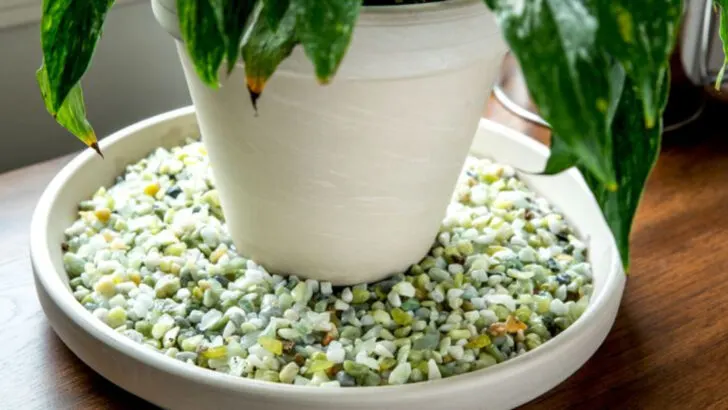Your plants may not have sweat glands, but trust us—they’re feeling the heat. If your flowers are drooping by noon, your herbs look crispy before dinner, or your tomato leaves are curling like they just gave up on life, chances are something in your routine is turning up the temperature without you realizing it.
From using the wrong containers to watering at the worst possible time of day, there are a handful of innocent gardening habits that quietly roast your plants all summer long. And while they might survive it for a while, they’re definitely not thriving.
The good news? A few quick fixes can turn your backyard or balcony into a cool little oasis, even on 100-degree days. We’re talking 6 surprisingly common things that make your plants overheat—and 10 simple tricks that cool them down fast, no fancy gear or plant misters required. Your garden will bounce back in no time—and honestly, it might even start to enjoy summer as much as you do.
Too Much Direct Sunlight
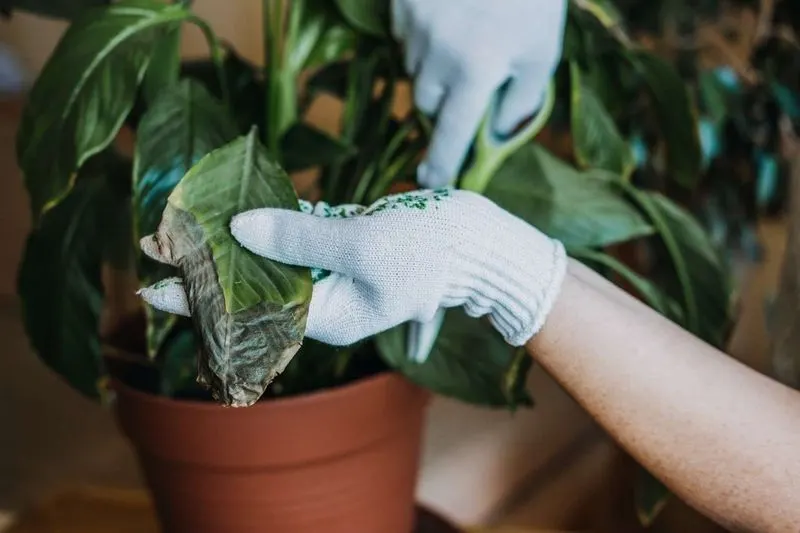
Positioning plants in relentless direct sunlight may seem beneficial, yet it often leads to overheating. Leaves can scorch, turning brown and crispy, a telltale sign of distress. Consider relocating plants to a spot with indirect light, allowing them to receive the warmth they crave without the intense heat.
Utilize sheer curtains or blinds to filter sunlight, providing a soft glow that keeps plants vibrant. This small adjustment can prevent temperature spikes that harm delicate foliage.
Observing sun patterns can help in finding the perfect spot, ensuring your plants bask in optimal light conditions.
Overwatering
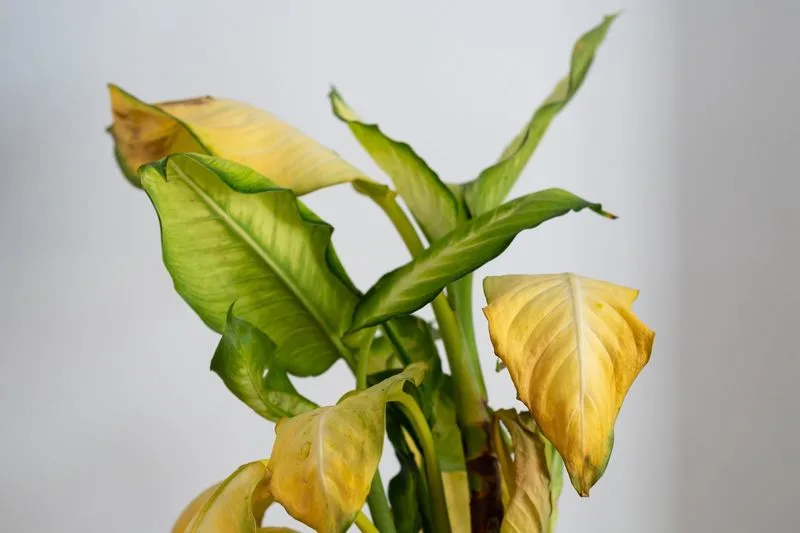
Overwatering might drown out more than thirst—it can elevate soil temperature, creating a muggy environment. When soil becomes too saturated, necessary aeration declines, and roots may suffocate, trapping heat.
Adopt a balanced watering schedule, allowing topsoil to dry out between waterings. This encourages root health, maintaining a stable temperature.
Sticking a finger an inch into the soil can indicate moisture levels, a simple trick to avoid overwatering. This habit keeps your plants from stewing in their own heat, fostering a cooler, healthier root system.
Poor Air Circulation
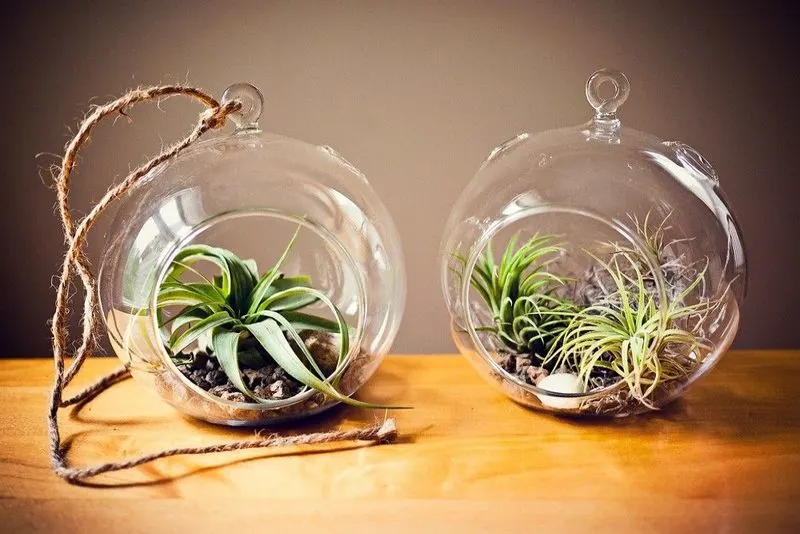
Stagnant air is a silent culprit that traps heat around plants, suffocating them slowly. Without proper ventilation, plants may experience wilting, as heat builds up around their leaves.
Positioning a small fan nearby can enhance airflow, dissipating excess warmth. Even opening a window briefly can refresh the environment.
Avoid crowding plants together, allowing them space to breathe. This simple shift can drastically change their health, offering a breath of fresh air that instantly cools down the surroundings.
Dark Containers
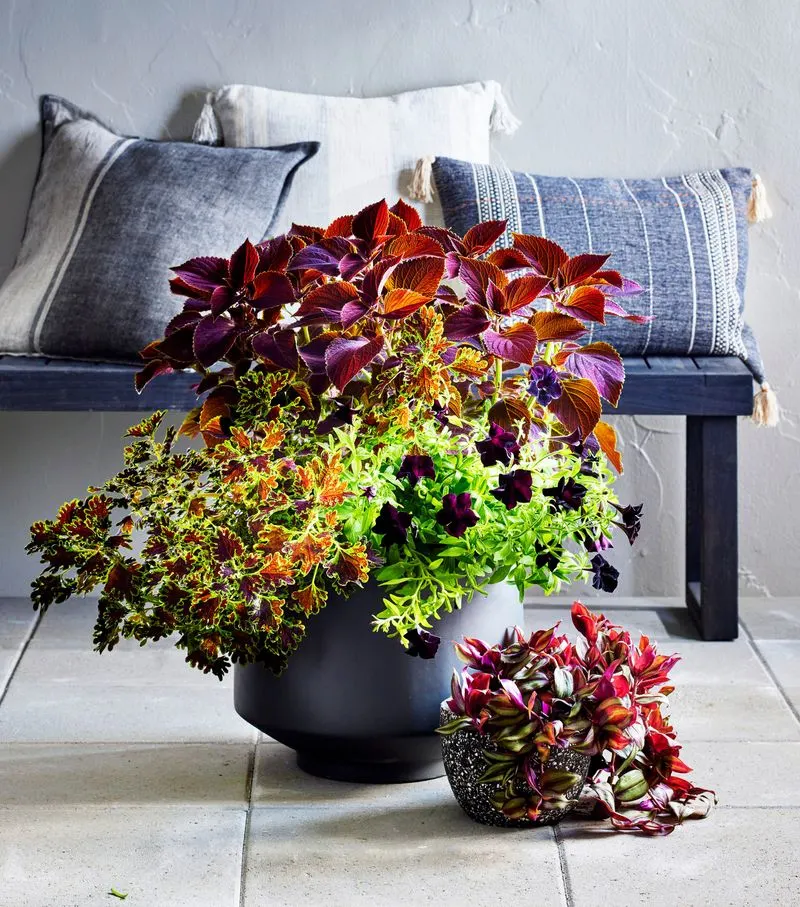
Dark-colored containers may look chic, but they absorb more sunlight, increasing the temperature of the soil. This can lead to roots overheating, stressing the plant.
Opt for lighter-colored pots that reflect rather than absorb sunlight. This switch can significantly reduce the heat absorbed by your plants’ roots.
Using ceramic or clay pots instead of plastic can also help regulate soil temperature, keeping your plants cozy but cool. These choices ensure a more temperature-stable environment for roots to thrive in.
Excess Fertilizer
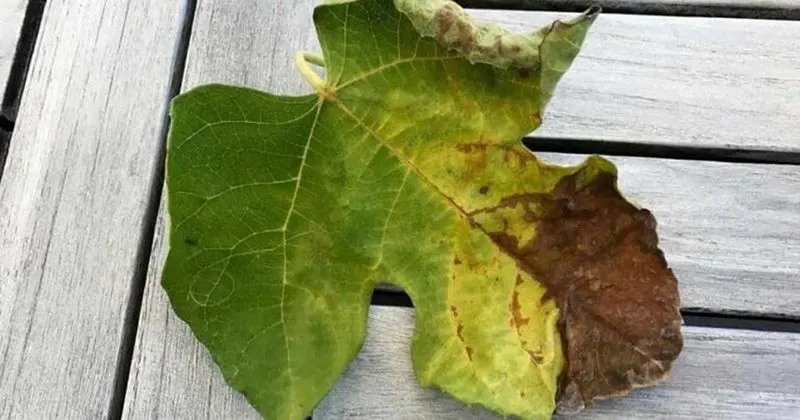
Applying too much fertilizer can create a chemical heat, stressing plants. This nutrient overload often leads to salt accumulation, which can heat soil and scorch roots.
Adhere to recommended guidelines, using only the necessary amount to nourish without overwhelming. Less is often more when it comes to plant food.
Regularly flush pots with water to remove excess salts, preventing chemical build-up. This simple practice cools the soil environment, nurturing plants back to health without extra heat.
Improper Mulching
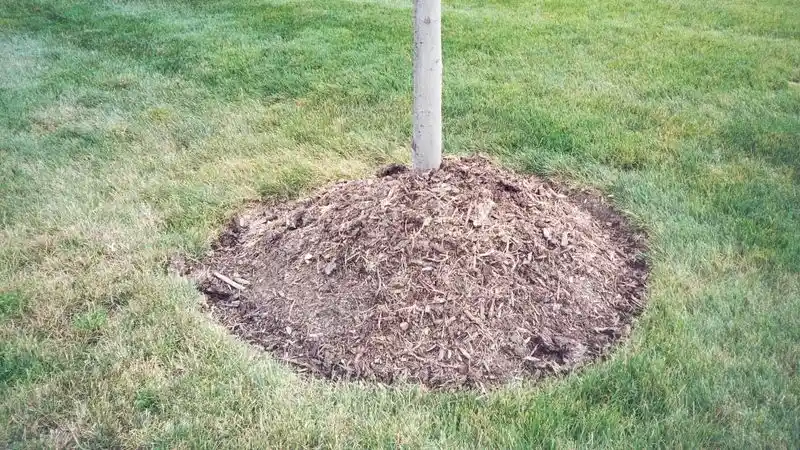
While mulch can insulate, improper application can trap heat. Overly thick layers restrict soil’s ability to breathe, creating a hotbed environment.
Apply a thin, even layer of mulch, ensuring it doesn’t touch the plant bases. This allows air circulation while still providing beneficial insulation.
Checking mulch regularly can prevent overheating. By using organic materials like straw or bark, plants remain comfortably cool, protected from harsh temperature fluctuations.
Misting
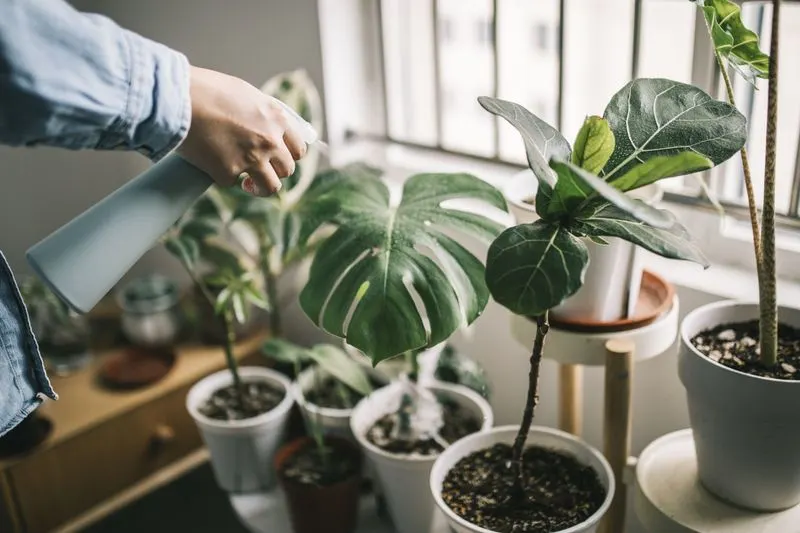
A gentle misting can act like a mini rain shower for plants, cooling them down instantly. The evaporation process reduces leaf temperature, offering immediate relief from heat stress.
Using room-temperature water ensures no shock to the system, and misting in the morning helps plants absorb moisture before the day’s heat peaks.
This practice also raises humidity around plants, a boon for many houseplant species that thrive in more humid conditions. Misting is a simple yet effective way to create a cooler, more inviting environment for your indoor greenery.
Using Shade Cloth
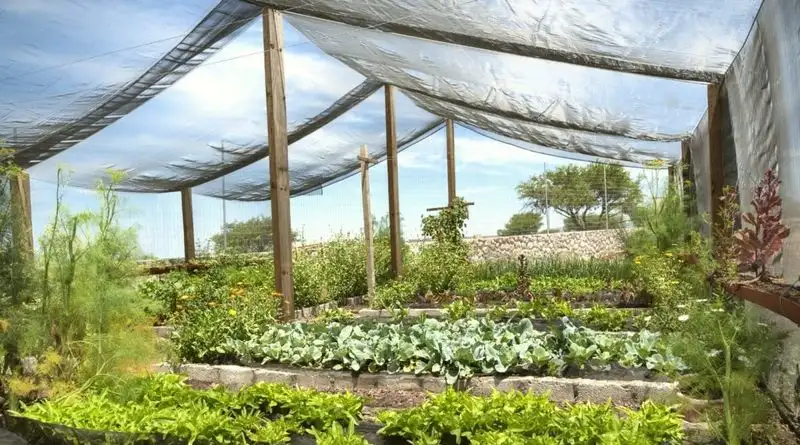
Shade cloths offer a protective barrier against intense sunlight, instantly cooling the area beneath. This tool is particularly useful during heatwaves, ensuring plants stay safe from scorching.
Choose a cloth with appropriate density; too thick might block necessary light, while too thin won’t offer enough protection.
Installing shade cloth is straightforward and can be adjusted as needed, providing flexibility depending on weather conditions. It’s a practical investment for any gardener facing excessive heat challenges.
Mulching with Light Materials
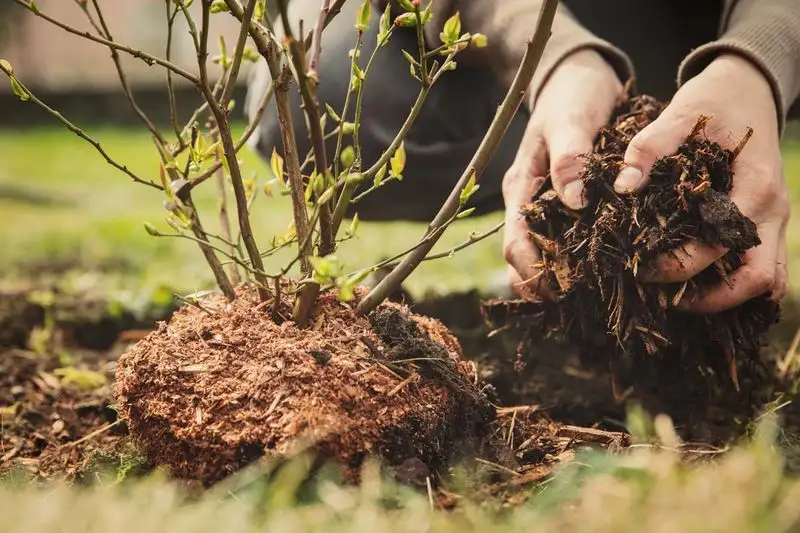
Light, reflective mulching materials like straw or hay can keep soil temperatures down. These materials reflect sunlight instead of absorbing it, shielding the soil and roots from overheating.
Besides cooling, they also help in moisture retention, promoting a balanced, healthy environment for plant roots. This method is a dual benefit, offering protection against both heat and drought.
Regularly replenishing these materials ensures continued effectiveness, making it a reliable part of a plant cooling strategy.
Watering Wisely
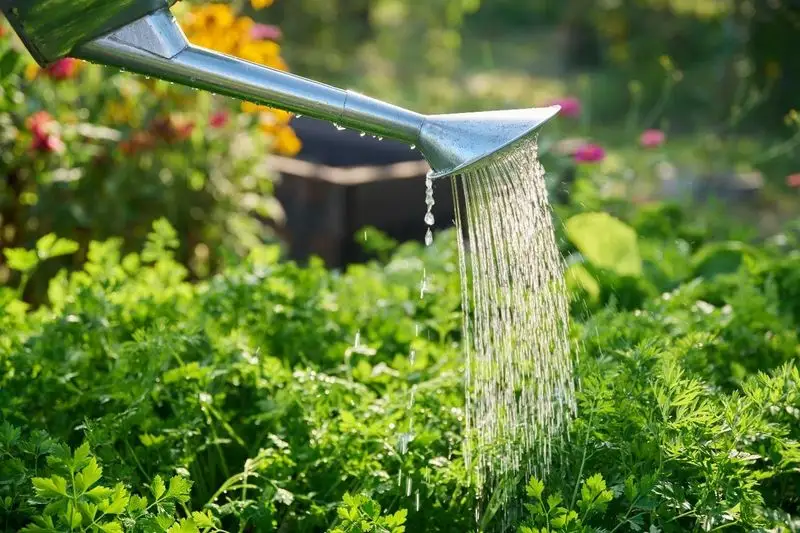
Timing is everything when it comes to watering. Early morning watering allows moisture to reach roots before the sun’s heat intensifies, reducing evaporation and providing a cooling effect.
This schedule helps plants start the day hydrated, equipped to face rising temperatures. Additionally, it discourages fungal growth that can occur with evening watering.
Using a drip irrigation system can optimize this process, delivering water directly to the roots with minimal waste. This smart watering strategy is key to keeping plants comfortably cool.
Placing Potted Plants on the Ground
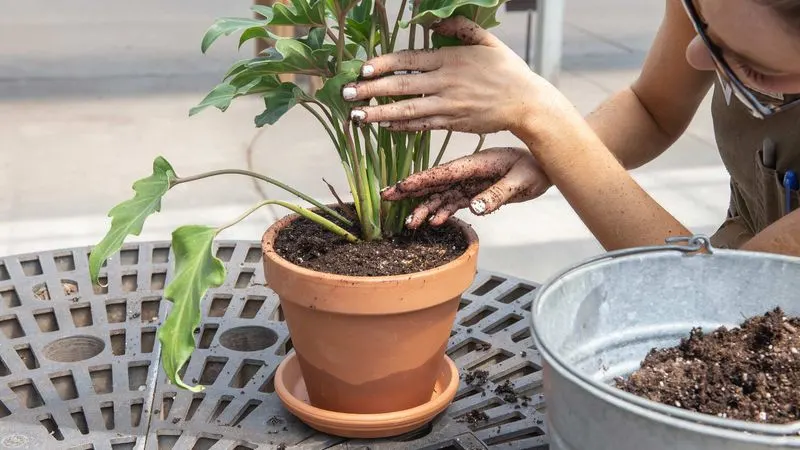
Elevated surfaces can retain heat, so placing potted plants directly on the ground can cool them. The ground offers a natural insulation, absorbing heat while providing a stable temperature.
This practice is particularly effective for outdoor potted plants, keeping them in harmony with the earth’s temperature cycles. It’s a simple adjustment that can make a big difference.
By aligning with natural cooling processes, you ensure your plants are not subjected to unnecessary heat stress, fostering a healthier growing environment.
Using Pebble Trays
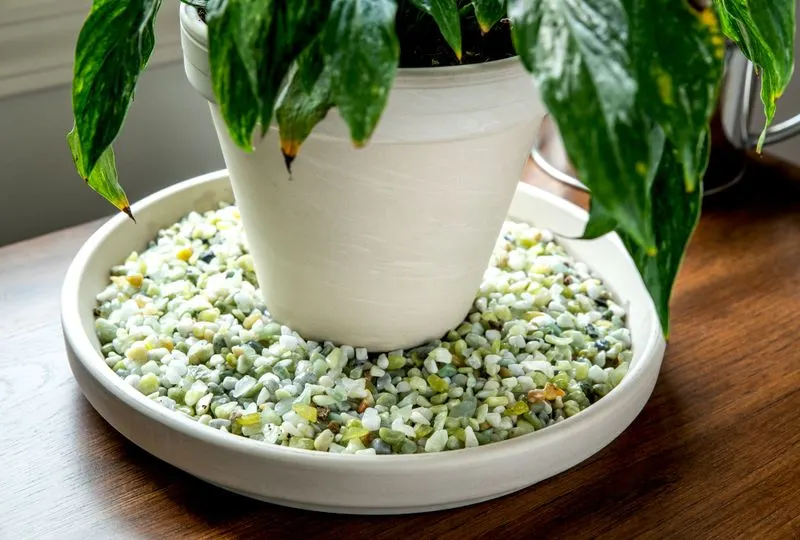
Pebble trays are a clever way to enhance humidity and cool plants simultaneously. By placing pots on trays filled with water and pebbles, evaporation cools the air around the plants.
This technique is especially beneficial for tropical plants, which flourish in humid, cooler conditions. It’s a passive cooling system that also adds an aesthetic touch to indoor plant displays.
Regularly replenish the water to maintain the cooling effect and prevent mosquito breeding. Pebble trays offer a stylish and practical solution for plant enthusiasts looking to beat the heat.
Grouping Plants
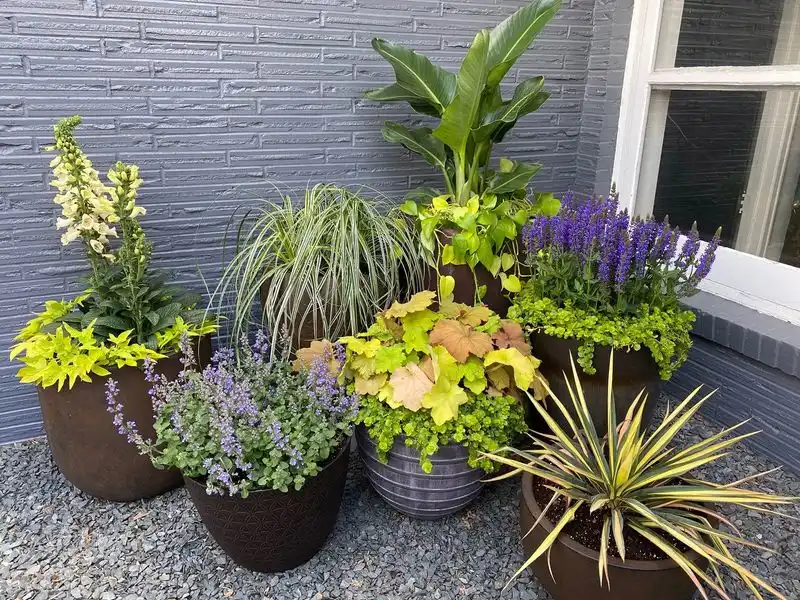
Strategically grouping plants can create a microclimate, increasing humidity and cooling the air around them. Plants release moisture as they transpire, benefiting their neighbors in the process.
This method is particularly effective for houseplants, which may struggle with dry indoor air. By creating mini ecosystems, plants naturally help regulate temperature and humidity.
Ensuring that grouped plants have similar light and water needs will enhance this cooling effect, making it a harmonious and effective strategy for plant care.
Ventilating Greenhouses
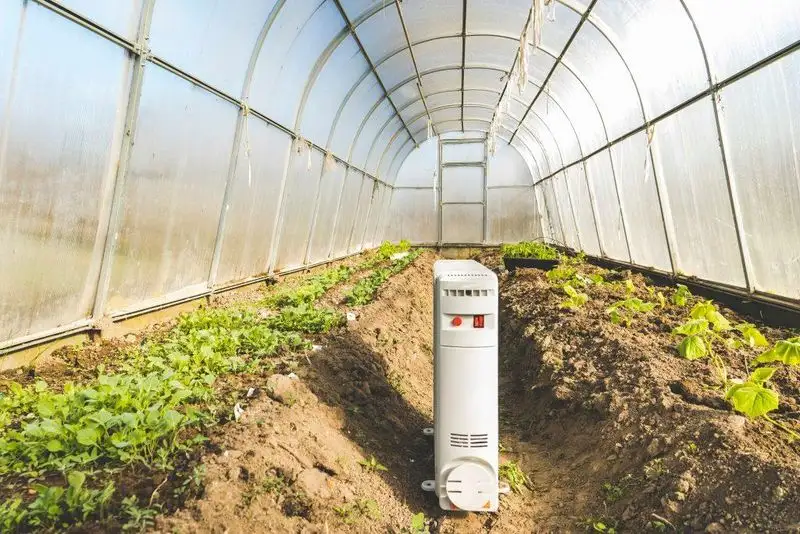
Proper ventilation in greenhouses is essential to prevent overheating. Open vents and fans help move hot air out, maintaining a cooler environment inside.
This practice prevents the build-up of heat which can harm sensitive plants. Automated systems can provide consistent ventilation, adapting to temperature changes throughout the day.
Ensuring good air exchange keeps the greenhouse climate stable, supporting plant growth and health. By focusing on ventilation, gardeners can protect their investments and promote a flourishing greenhouse environment.
Reflective Mulch
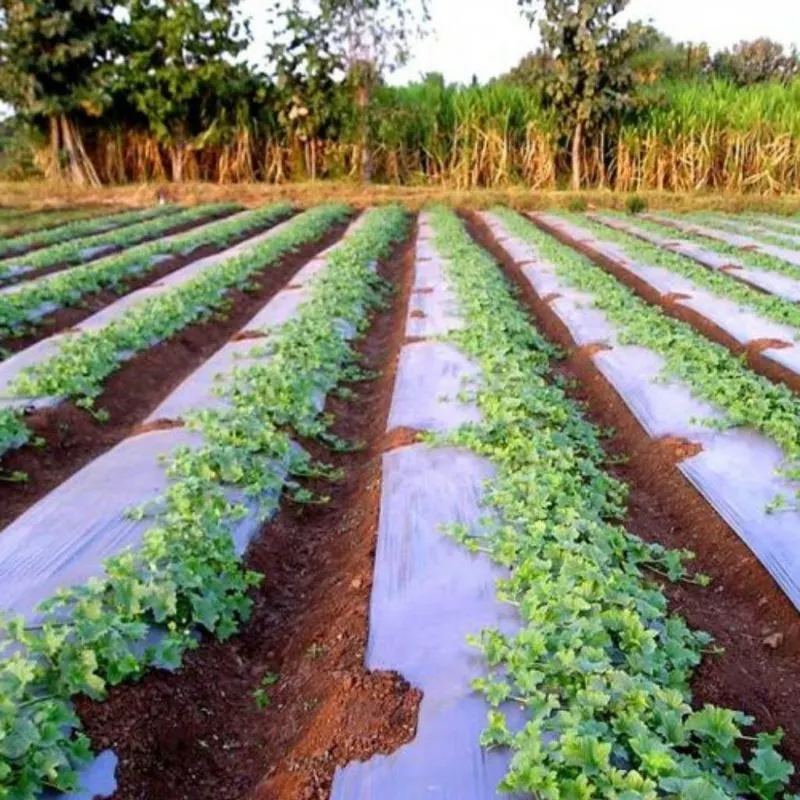
Reflective mulch, often made from metallic or silver materials, can reflect sunlight away from the soil. This innovation is particularly helpful in keeping soil temperatures low, especially during summer.
It serves a dual purpose by also repelling pests, offering an eco-friendly way to protect plants. Using reflective mulch helps maintain a cooler root zone, ensuring plants remain vigorous.
Applying a layer of reflective mulch is a straightforward process, making it an appealing option for gardeners seeking efficient cooling solutions. It combines practicality with environmental benefits.

